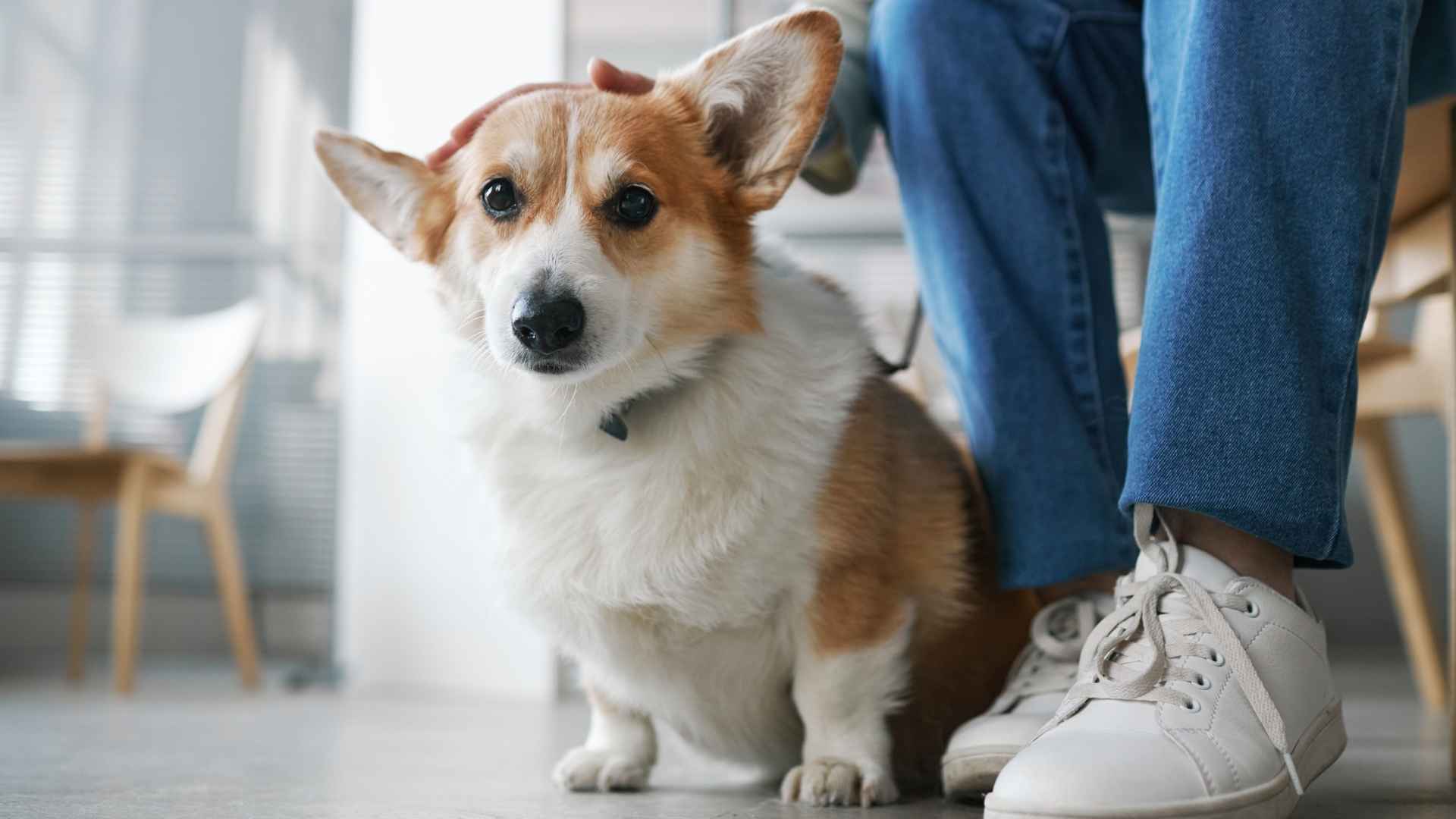Owning a dog is one of life’s greatest joys, but for budget-conscious pet lovers, finding the right breed means balancing love with long-term expenses. The total cost of a dog goes beyond just the adoption fees; you have to consider dog food, pet insurance, medical care, and grooming, too.
Luckily, there are plenty of affordable dog breeds that require minimal grooming, eat less, and have fewer hereditary health issues.
Whether you’re a city dweller, part of an active family, or simply trying to save money, this guide covers breeds that make pet care affordable on your terms and budget. Let’s meet the budget-conscious pet’s best furry friends.
Cost-Effective Dog Breeds
1. Chihuahua
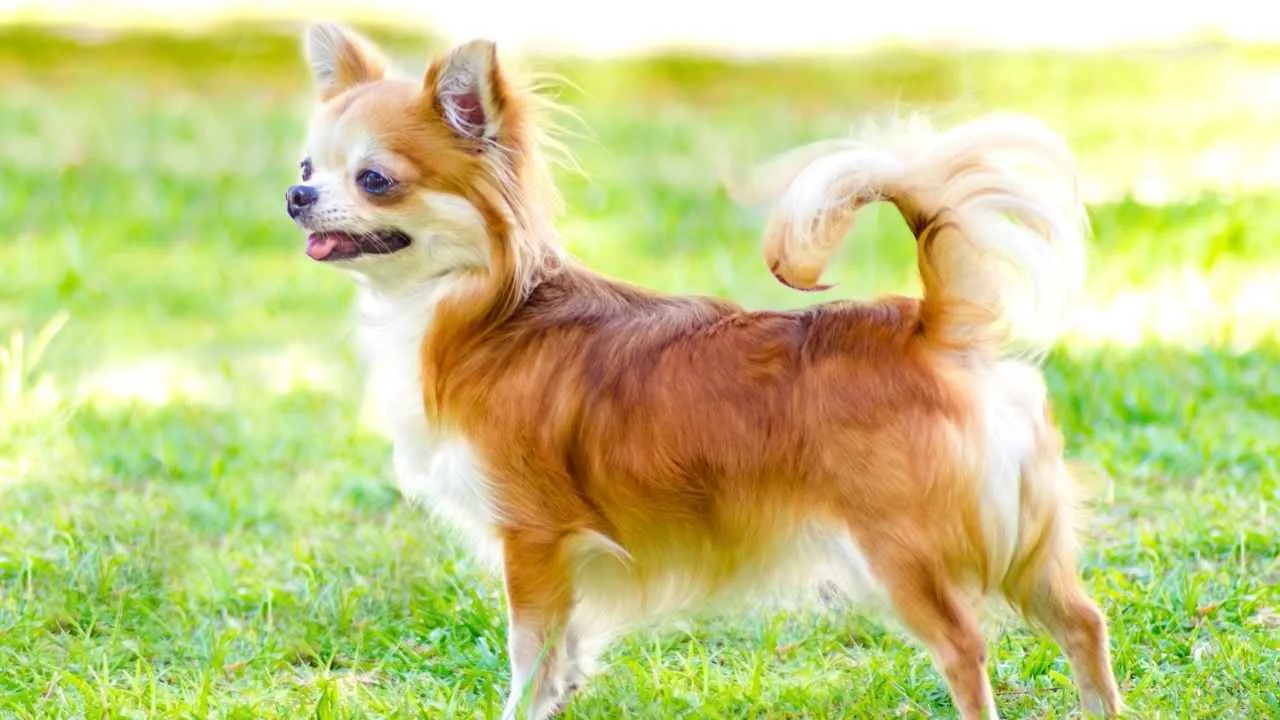
Chihuahuas are one of the most cost-effective dog breeds, mostly because of their size. Weighing under 6 pounds, their daily food intake is minimal, so their pet food expense won’t affect your grocery bill compared to larger breeds.
When it comes to grooming, these little dogs are incredibly low-maintenance. Smooth-coated Chihuahuas require little more than the occasional bath and brushing. Even the long-haired variety only needs moderate care, making grooming costs almost non-existent.
Another bonus? They adapt well to small apartments, do not need a big yard, and are content with short walks or indoor play. Their portability also means lower travel-related costs, as they are welcome in many airlines’ cabins and pet-friendly housing.
2. Beagle
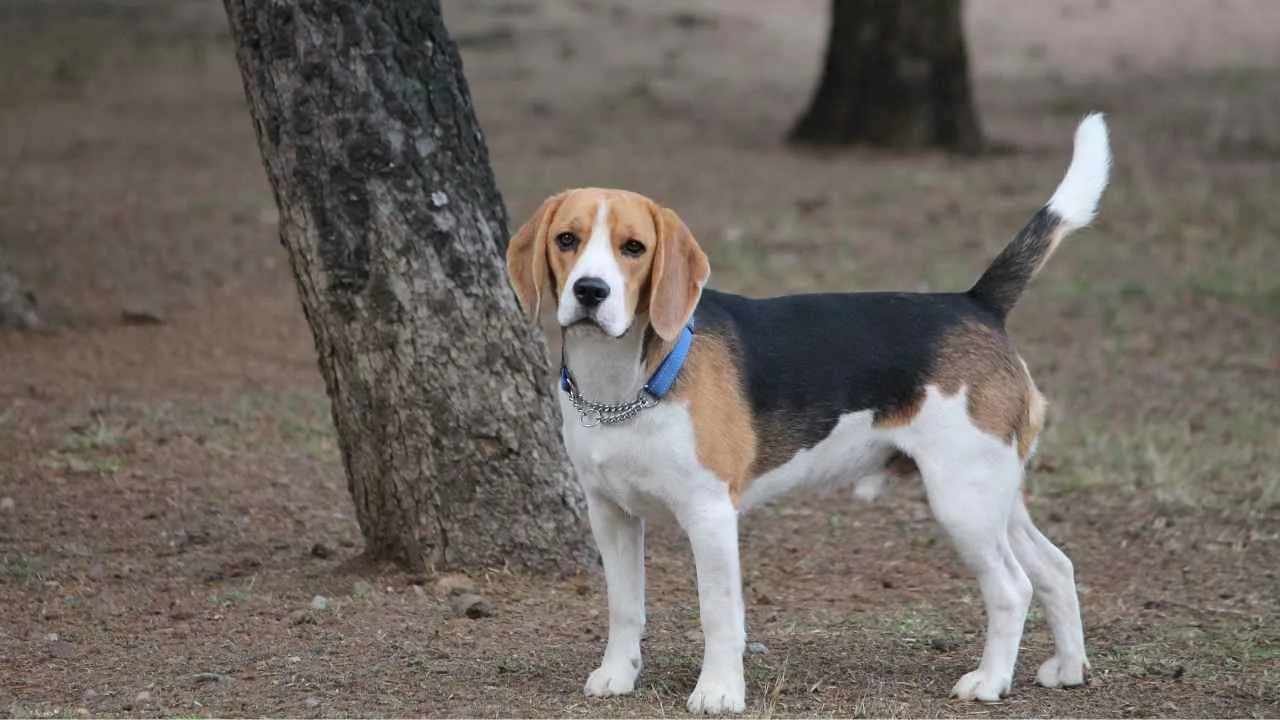
Beagles offer the perfect balance between affordability and fun-loving energy. Their medium size (around 20–30 pounds) means they eat more than toy breeds, but still far less than large dogs. And honestly, food is pretty much the only major expense you’ll have to take care of. They are generally healthy, so you’re unlikely to face frequent medical expenses, and they only need little grooming overall.
With a lifespan of 12–15 years, as indicated by Britannica, Beagles tend to stay healthy and free from chronic issues, especially when bred responsibly and given regular exercise. They’re a great example of a healthy breed with fewer long-term expenses.
As for grooming, their short and dense coat is super easy to care for. A quick brush once or twice a week keeps shedding under control, and they rarely need professional grooming.
3. Dachshund
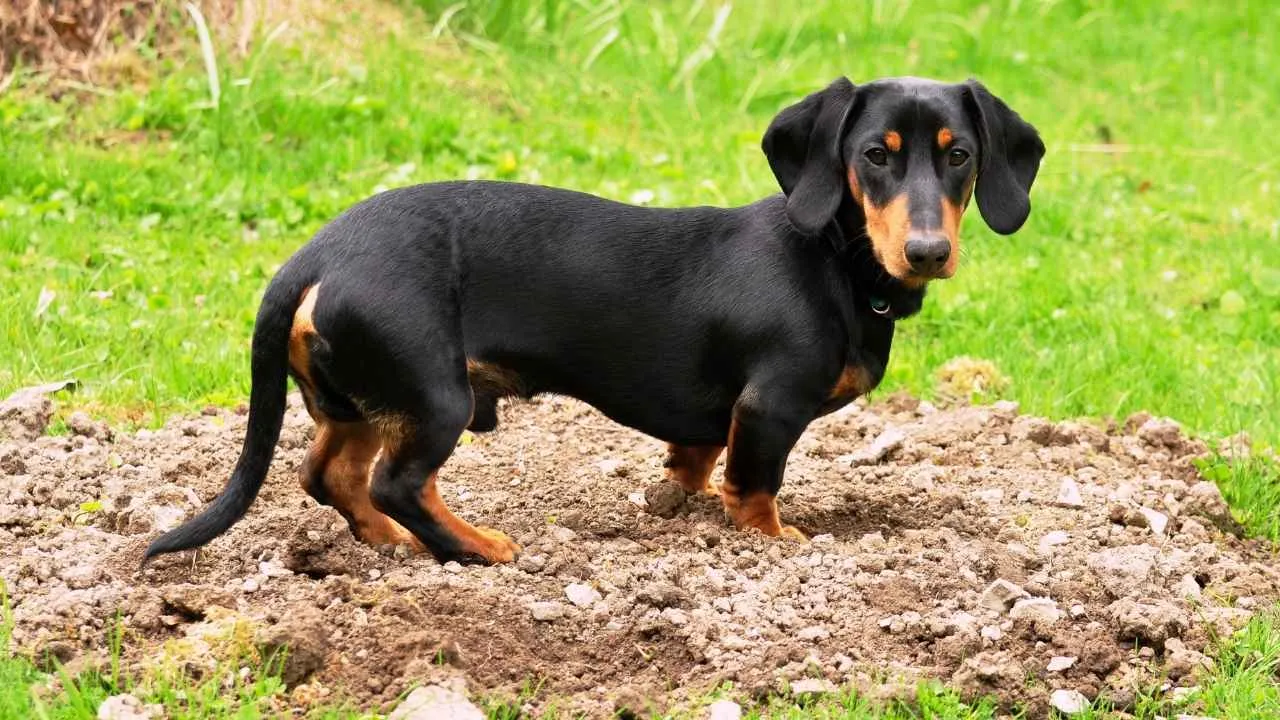
Dachshunds, whether standard or miniature, are budget-friendly and adaptable pets. They’re not expensive to purchase, and they don’t come with high maintenance costs. Thanks to their compact size, food expenses stay low, and you’ll save on larger accessories like crates, beds, or travel gear.
Grooming needs vary slightly based on coat type, but overall, they’re easy to manage. Smooth-coated Dachshunds need only occasional brushing and baths. Long-haired and wire-haired varieties require a bit more attention, but they’re still far from high-maintenance.
The main health concern with Dachshunds is their back. But that’s mostly preventable: simple habits like using ramps instead of stairs and avoiding high jumps can go a long way. PetMD says that with this preventive care, you can steer clear of costly surgeries and keep your pup healthy and happy.
4. American Hairless Terrier

This is another unique option for those looking to save on both grooming and allergy-related costs. With no fur to shed, they require no haircuts, no brushing, and no de-shedding tools. A simple wipe-down and occasional bath are all it takes to keep them clean.
Being hairless also means they are perfect for allergy-prone households, reducing the need for air purifiers or constant vacuuming. Since they’re also lightweight (12 to 16 pounds), they don’t eat much and don’t need much space to thrive.
But keep in mind, they do need protection from extreme temperatures. Think sweaters in winter and sunscreen or shade in summer. Still, that’s a small cost compared to regular grooming or vet bills common in other breeds.
5. Bichon Frise
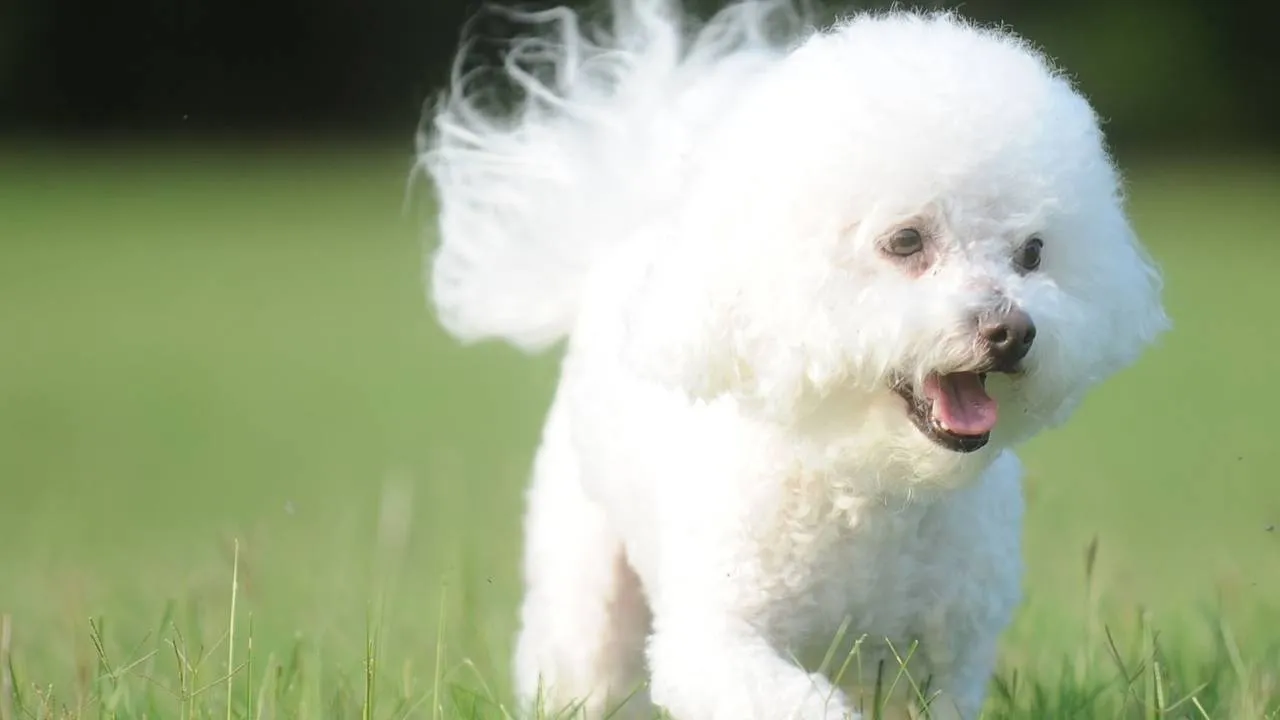
Here’s a breed that looks like a high-maintenance puffball, but surprisingly, it can be quite cost-effective with the right routine. Their small size (usually under 15 pounds) keeps food portions and living space requirements minimal, making them ideal for budget-conscious urban pet owners.
Grooming is where some may assume the costs spike, but it doesn’t have to. While professional grooming is common, many Bichon owners successfully manage their coats at home with regular brushing and the occasional trim. They’re hypoallergenic too, which means fewer expenses on allergy meds or extra cleaning.
In terms of temperament, they’re easygoing, friendly, and don’t demand intense exercise. A daily walk and some indoor play are enough to keep them happy. They thrive in small spaces, don’t bark excessively, and are known for being good with children.
6. Pug
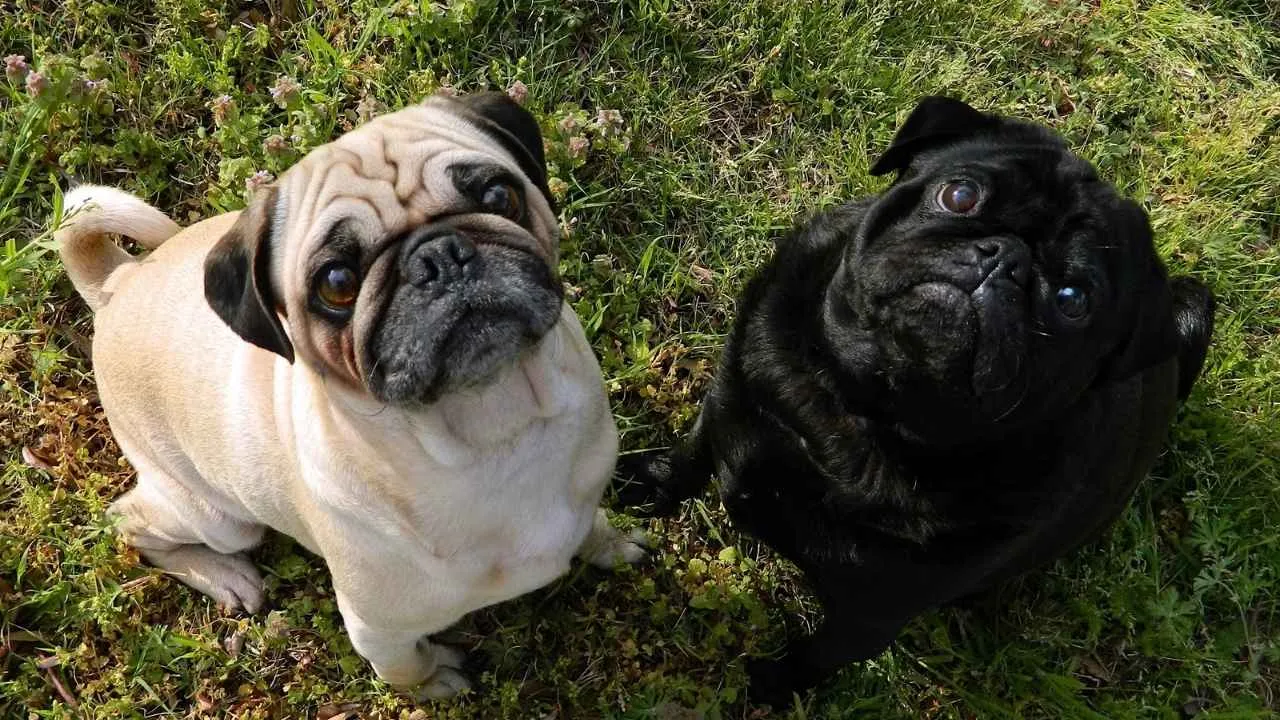
The Pug is a small toy dog that comes from China and made its way to England in the late 1600s. It has a short, shiny coat that usually comes in black, or in silver or apricot fawn with a black stripe down the back and a dark mask on its face.
They have compact, muscular bodies that mean less food, smaller accessories, and easier cleanup, which translates directly to lower day-to-day expenses. Plus, they’re not big chewers or destroyers, so you’re less likely to keep replacing toys and furniture.
The one area to monitor closely is health. Pugs can develop breathing issues due to their flat faces, but with proper care, like avoiding overheating and obesity, most lead happy, healthy lives. Their affectionate, couch-loving personalities also mean they’re content with short walks and indoor relaxation, saving energy (and money) on dog-walking services or gear.
7. German wirehaired pointer
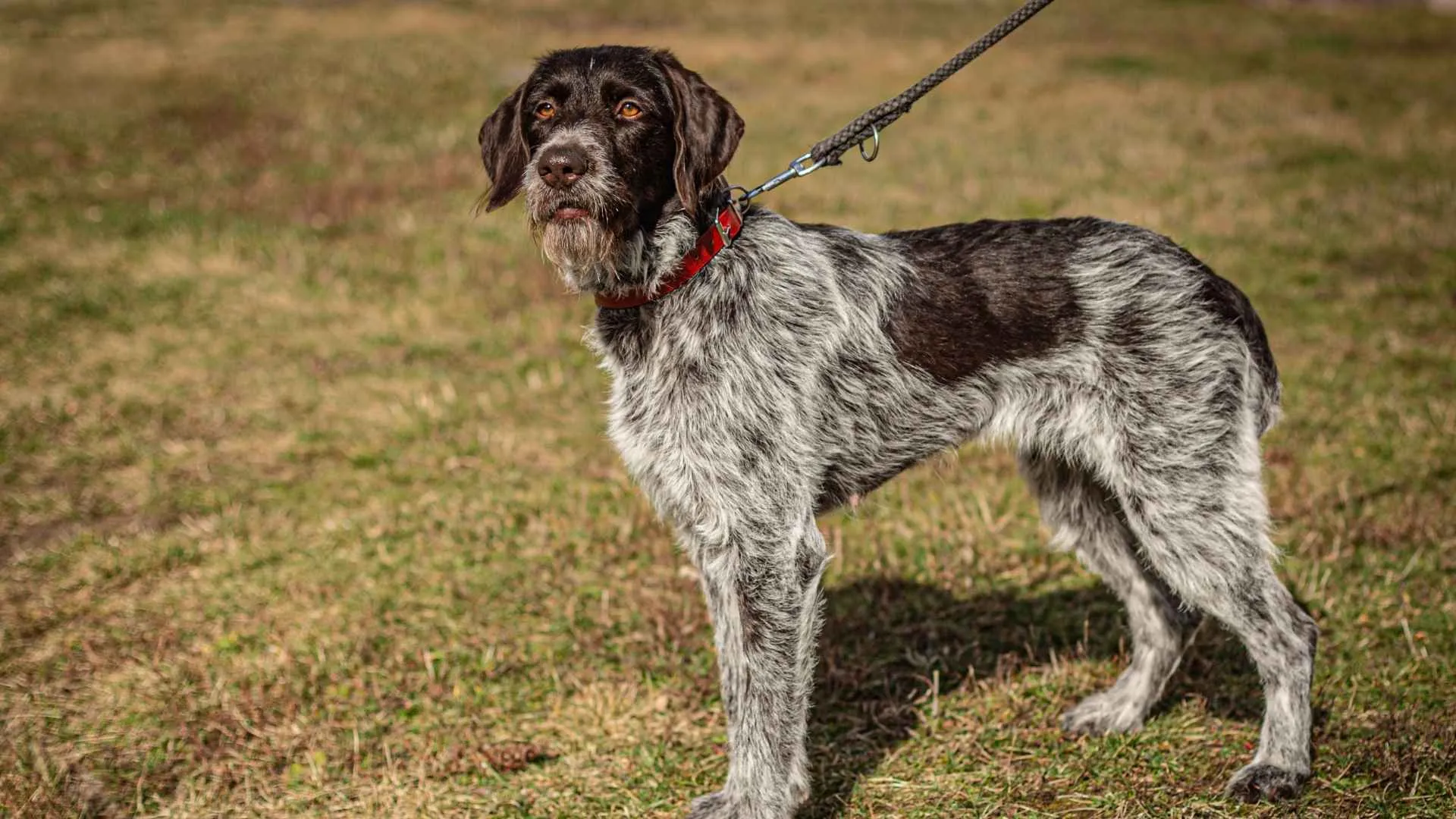
The German Wirehaired Pointer is a rugged, athletic dog with surprisingly manageable upkeep. As a medium-to-large breed, they’re more active and food-intensive than toy breeds, but they make up for it with exceptional health and low grooming needs, making them cost-efficient over the long term.
Their wiry coat is weather-resistant and naturally repels dirt, which significantly cuts down on grooming frequency. This makes them a favorite among outdoorsy families who don’t want a breed that requires extensive post-outdoor cleanup.
Health-wise, they’re built to work: strong immune systems, long lifespans, and a low incidence of chronic conditions mean fewer vet visits. As long as they get regular exercise (which could be hikes, runs, or agility play in a yard), they remain mentally and physically satisfied.
8. Greyhound
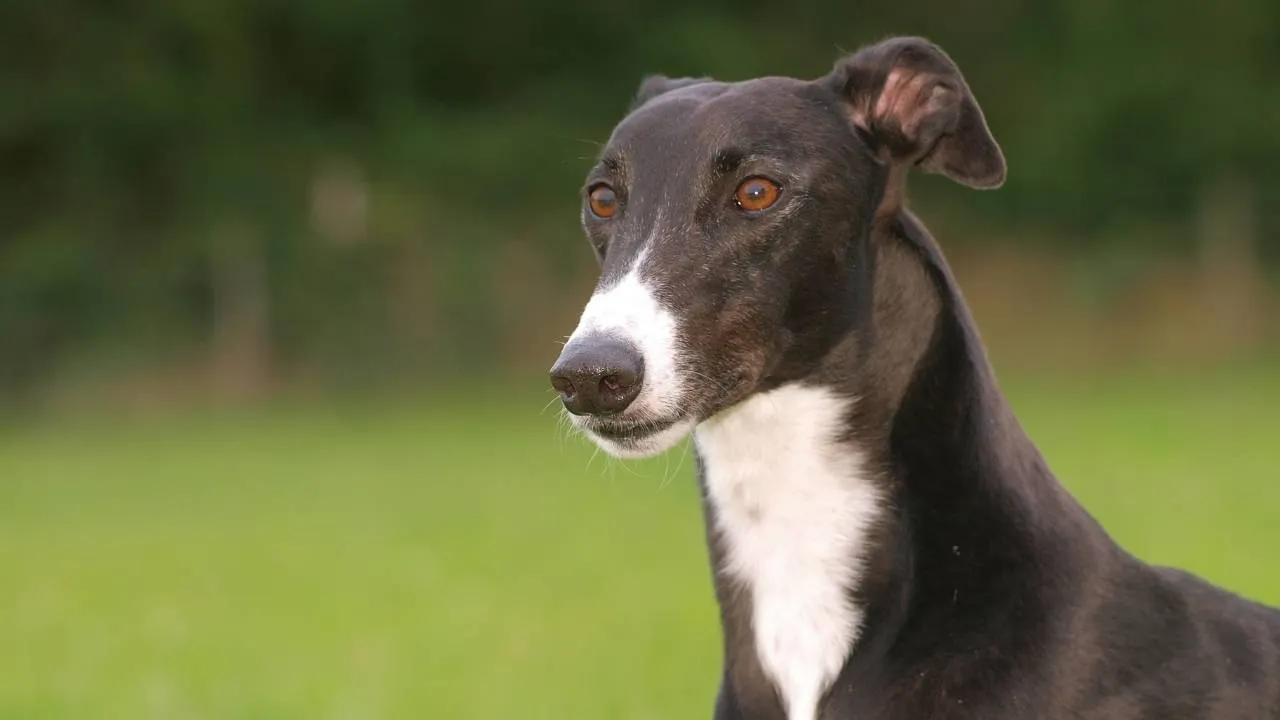
Greyhounds are often misunderstood. Despite their racing history, they’re famously lazy indoors, earning them the nickname “40-mph couch potatoes.” This calm demeanor, combined with their relatively low-maintenance needs, makes them a top pick for a budget-friendly big dog.
First, they eat less than you’d expect for their size. Greyhounds have lean builds and slow metabolisms when not in active training, which keeps food costs reasonable. Add in their short, fine coat, and grooming becomes a breeze.
Adopting a retired racer can also reduce initial costs, as many are already trained, vaccinated, and spayed/neutered. Health-wise, they’re one of the healthier large breeds with few health problems. All they need is a soft bed, a short daily walk, and your company.
9. Pembroke Welsh Corgi
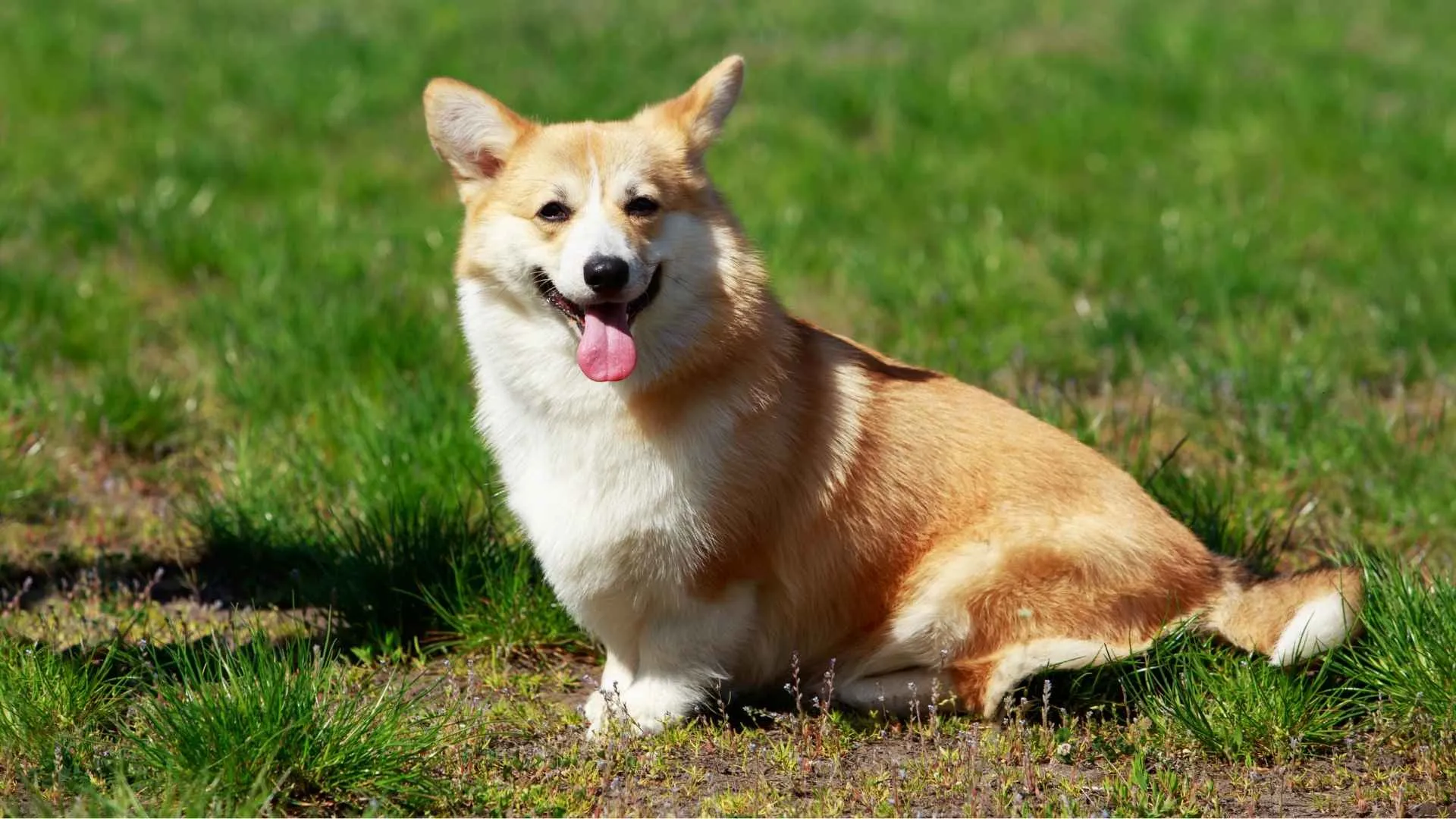
The Pembroke Welsh Corgi was originally bred to herd cattle in Wales. These little dogs are surprisingly athletic and agile, with a strong work ethic. They have short legs and long bodies, yet they’re fast runners and love a good chase. This means daily walks and playful games are essential—but manageable, even for city dwellers.
Their size also makes them a great fit for apartment living. Their food costs and grooming needs are modest. Corgis have a dense double coat that sheds seasonally, but regular brushing keeps it easily under control.
Corgis are known for their bold, outgoing personalities and intelligence. They’re quick learners, eager to please, and make excellent watchdogs thanks to their alert nature.
Fun fact: Queen Elizabeth II famously owned over 30 Pembroke Welsh Corgis during her reign, which helped skyrocket the breed’s global popularity, as highlighted by AKC.
10. Jack Russell Terrier
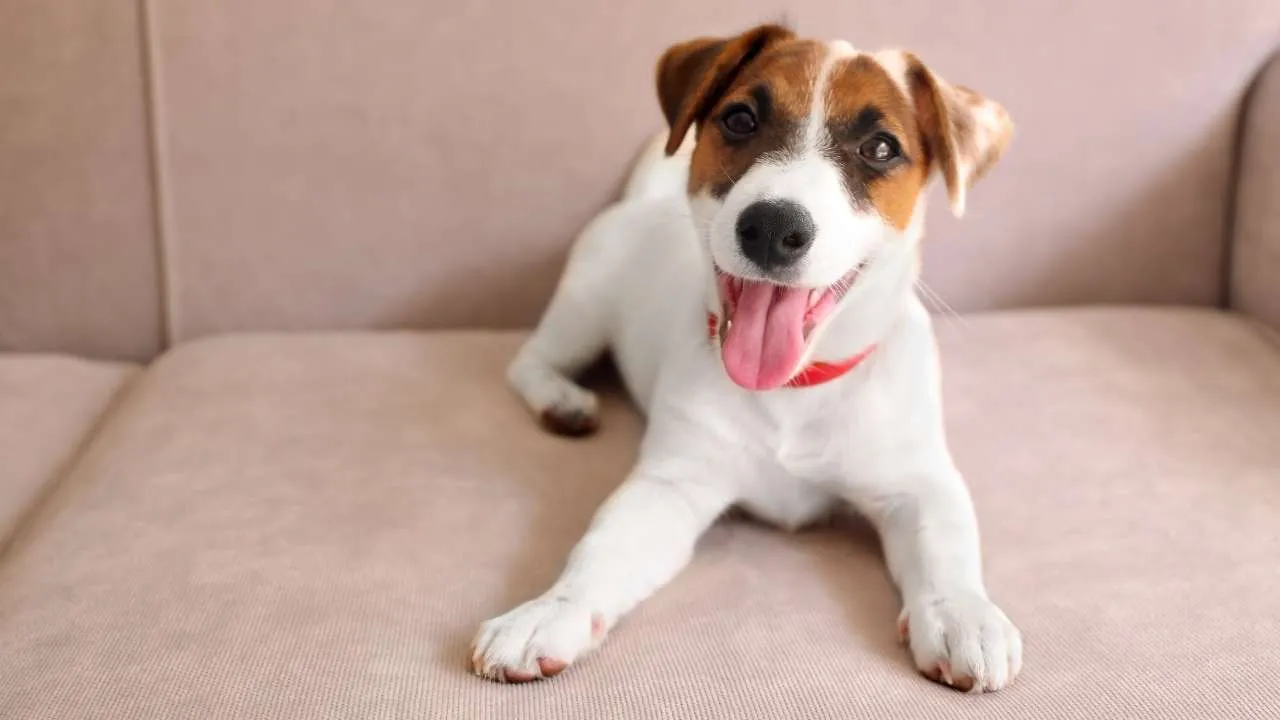
The Jack Russell Terrier was originally developed in England for fox hunting. They have a fearless personality and a sharp mind. They’re pretty easy to maintain, and the only thing they truly demand is exercise and mental stimulation. So be prepared for walks, agility training, or games of fetch.
Their coat can be smooth, broken, or rough, but all types require minimal upkeep, just occasional brushing and baths. They’re also very healthy dogs, with few genetic issues, which helps keep vet bills lower over time.
Temperament-wise, they are affectionate and friendly. However, because of their strong hunting instinct, they might not get along well with unfamiliar dogs or small pets, so it’s best not to leave them alone with other animals they don’t know.
Conclusion
Choosing a cost-effective dog is about finding the right balance between love and long-term care. Being budget-friendly doesn’t mean you’re free from responsibility; it just means the finances won’t be as overwhelming. With the right breed, you can enjoy all the joy of dog ownership without the heavy costs. Good luck finding your doggo!


